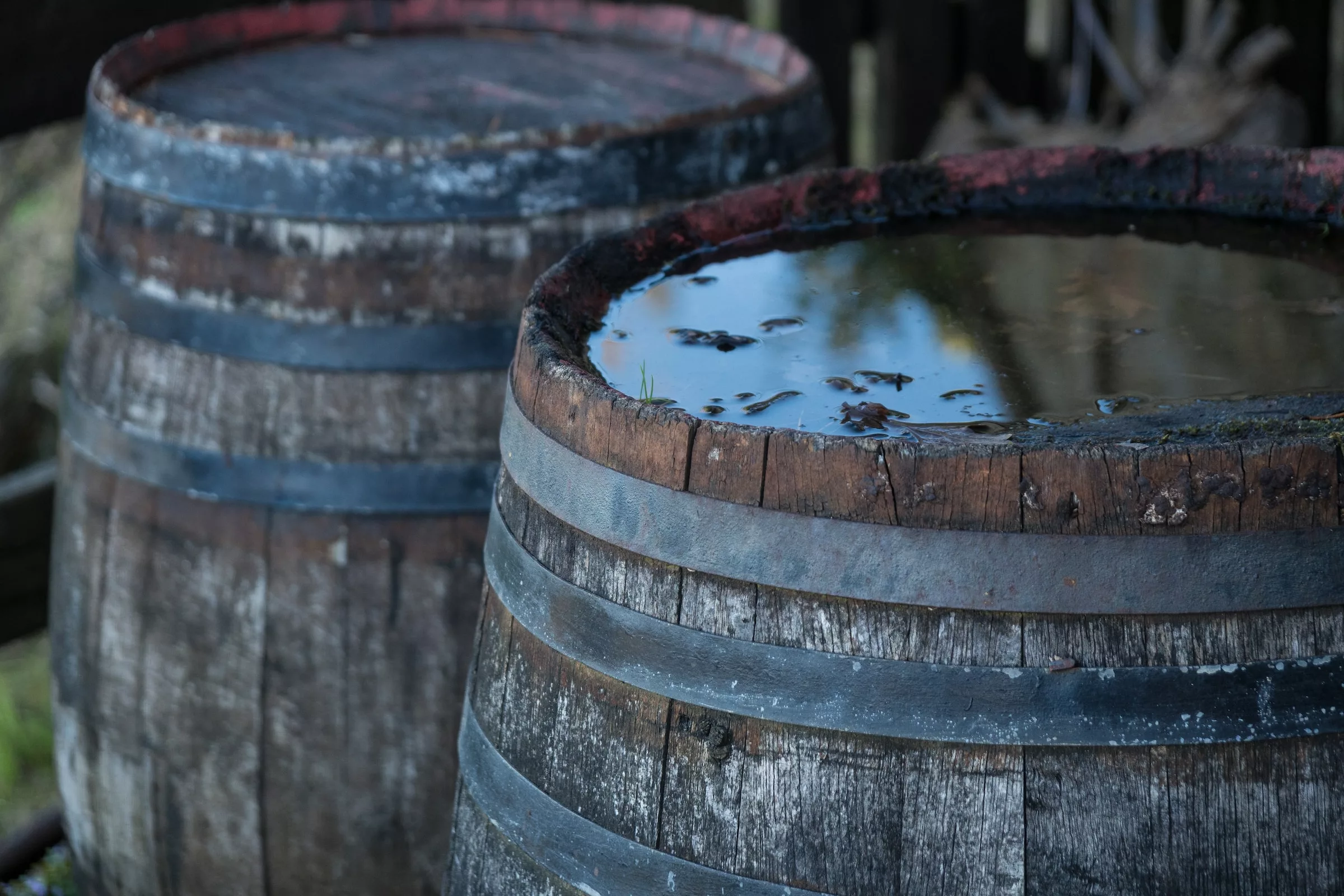Storing and Collecting Water
One of the best ways to conserve water in your garden is to collect and store it. You can collect water from rain, wells, streams, or any other natural sources. Once you’ve collected the water, store it in a container or a rain barrel. This way, you’ll always have water on hand when you need it.
Make sure to consult your local guidelines, rules, and laws first!
Consider drip irrigation or soaker hoses
Drip watering is a great way to conserve water in your garden. Rather than using a sprinkler system, which can waste water by spraying it all over the place, drip watering targets the roots of your plants directly. This method not only saves water but also helps to prevent disease by keeping the leaves of your plants dry.
An alternative o expensive drip systems is watering by hand. This allows you to be even more efficient and deliberate with when, where, and how much you water.
Drought-Tolerant Vegetables
When choosing vegetables for your garden, opt for those that can thrive in dry conditions. Some examples include tomatoes, peppers, eggplants, and squash. These vegetables have deep root systems that can reach moisture in the soil, which helps them survive periods of drought.
They still require watering, but their watering schedule requirements might be better for your situation. For example, they prefer deeper watering but rarer ones.
Creating Shade
Creating shade in your garden can help to conserve water by reducing the amount of water that evaporates from the soil. You can create shade by planting trees or erecting a shade cloth over your garden bed.
Mulching
Mulching is another effective way to conserve water in your garden. By adding a layer of mulch to your garden bed, you can help to retain moisture in the soil. Mulch also helps to suppress weeds and improve soil health.
Some combine the practice of adding compost and mulching by just layering compost on top of the soil. This is most common within no-dig gardeners. If you do not have ready compost, organic materials like grass clippings, straw, and leaves make great mulch.
Companion Planting
Companion planting is the practice of planting different crops together that can benefit each other. For example, planting beans and corn together can help to conserve water by shading the soil and reducing evaporation.
Another popular example is using planting tender salads below more sun-loving plants, like zucchinis.
Improve your soil
Healthy soil can help your vegetable garden retain moisture. Choose soil that is rich in organic matter and that drains well. Add compost or well-rotted manure to your soil to improve its structure and water-holding capacity.
By implementing these tips and tricks, you can create a beautiful and sustainable garden that conserves water and supports the environment.
Join Our Gardening Newsletter for More Tips
If you enjoyed reading this, don’t hesitate to subscribe to our newsletter for a wealth of gardening knowledge and insights. Stay up-to-date on the latest gardening trends, tips, and know-how, and make your green thumb even greener.



